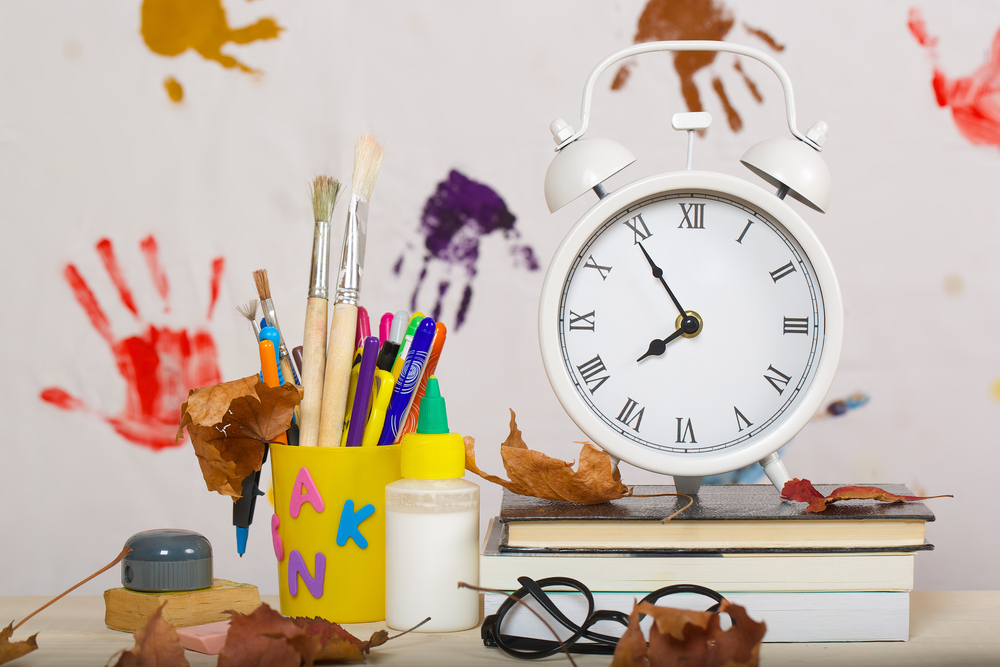Alphabet Recognition Normal ABC Order Worksheets for Ages 4-6
8 filtered results
-
From - To
Help your child master the basics of reading with our "Alphabet Recognition Normal ABC Order Worksheets for Ages 4-6"! Our expertly-designed printables focus on enhancing young learners' ability to recognize and order letters, a foundational skill for early literacy. Each worksheet provides fun, interactive exercises that engage children and make learning the alphabet exciting. Ideal for preschoolers and kindergarteners, these activities support educational development through fun puzzles, tracing, and matching games. Foster a love for reading by laying a solid foundation with our easy-to-follow worksheets, designed to boost confidence and proficiency in letter recognition and ABC ordering.
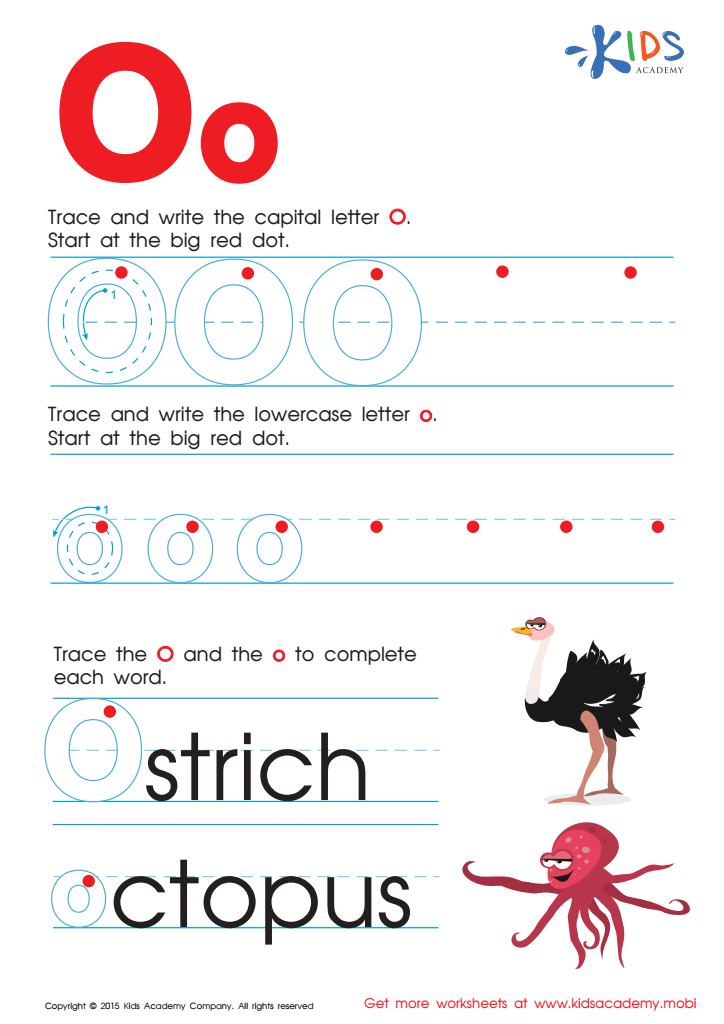

Letter O Tracing Page
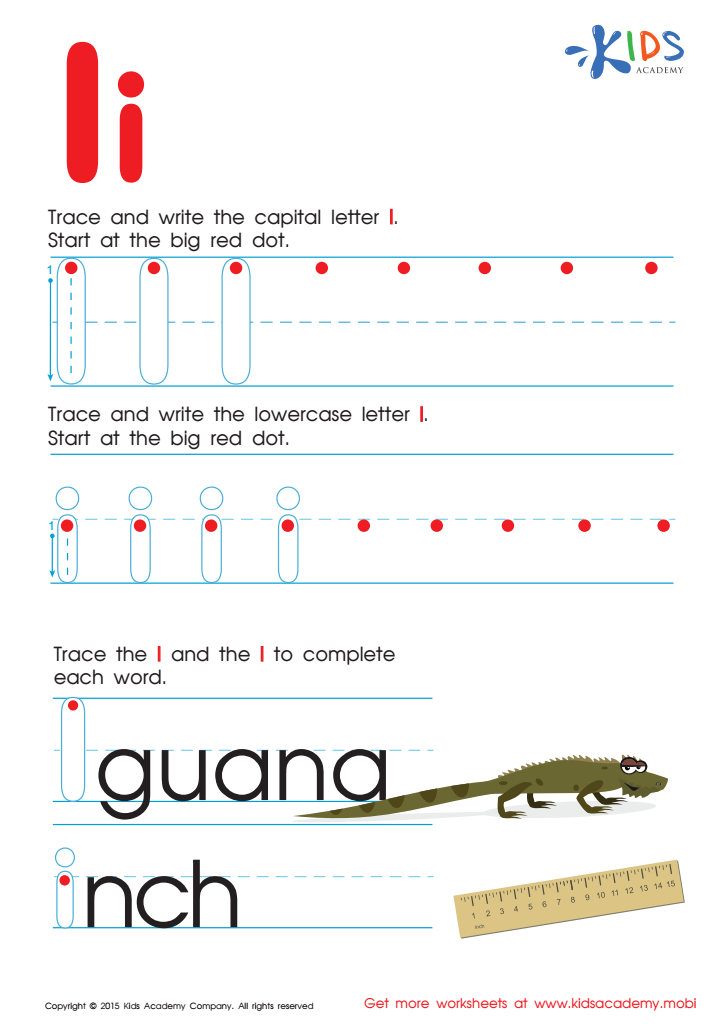

Letter I Tracing Page
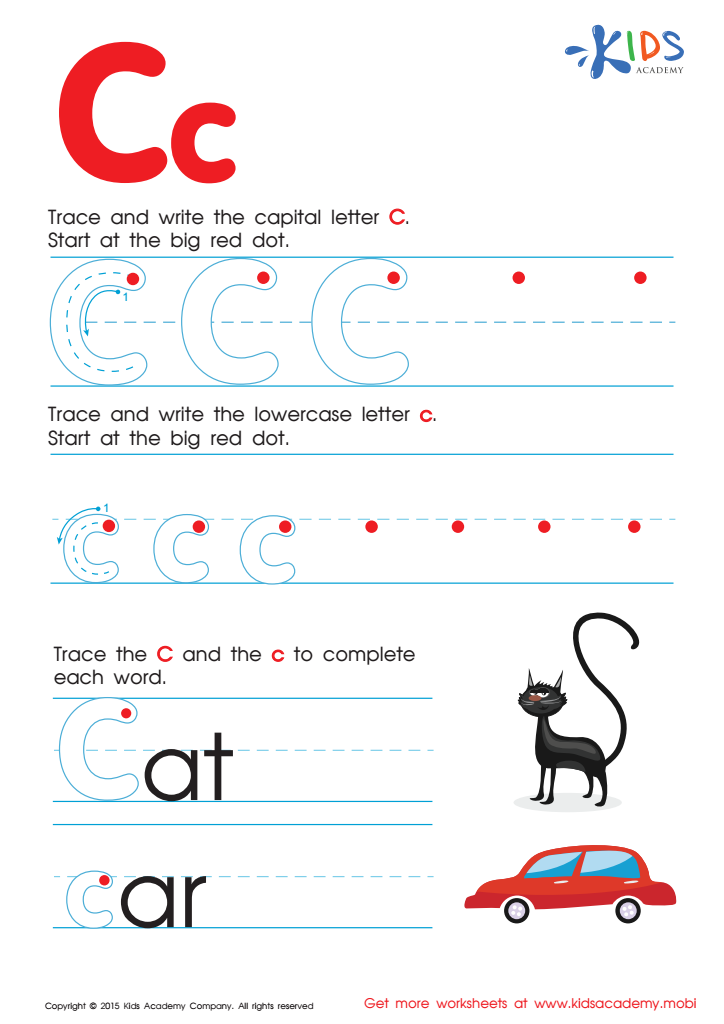

Letter C Tracing Page
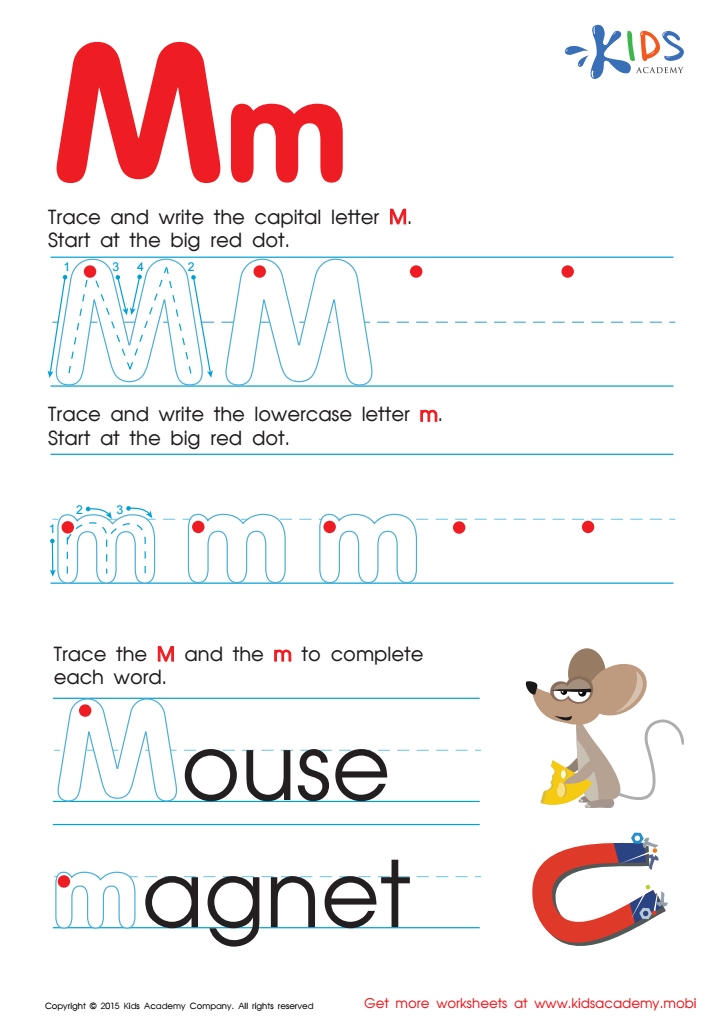

Letter M Tracing Page
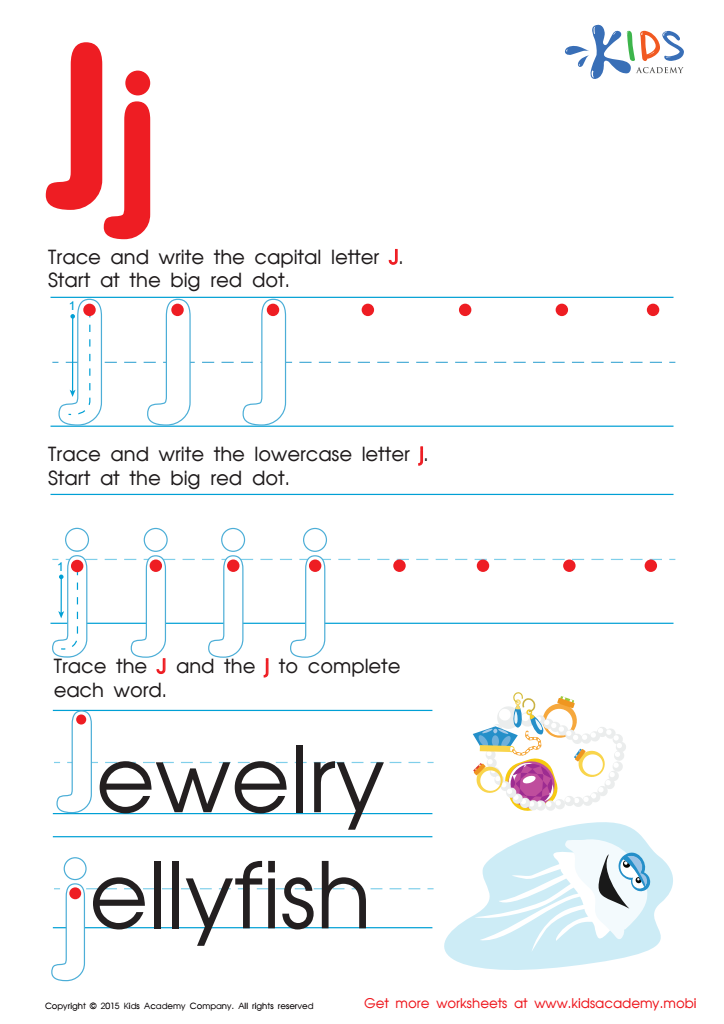

Letter J Tracing Page
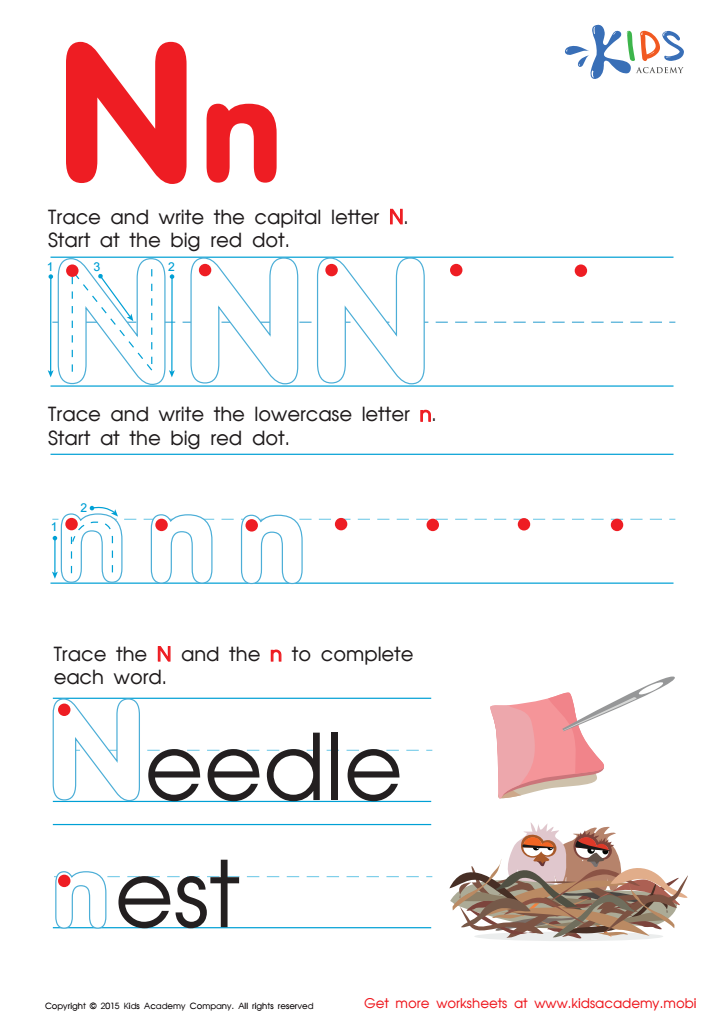

Letter N Tracing Page
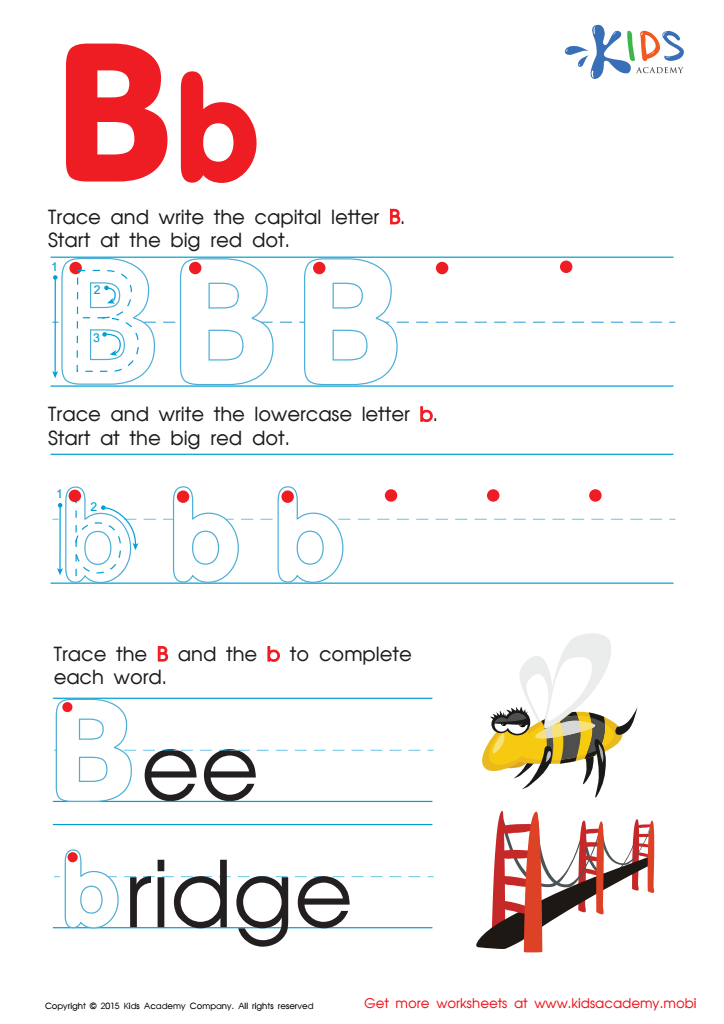

Letter B Tracing Page
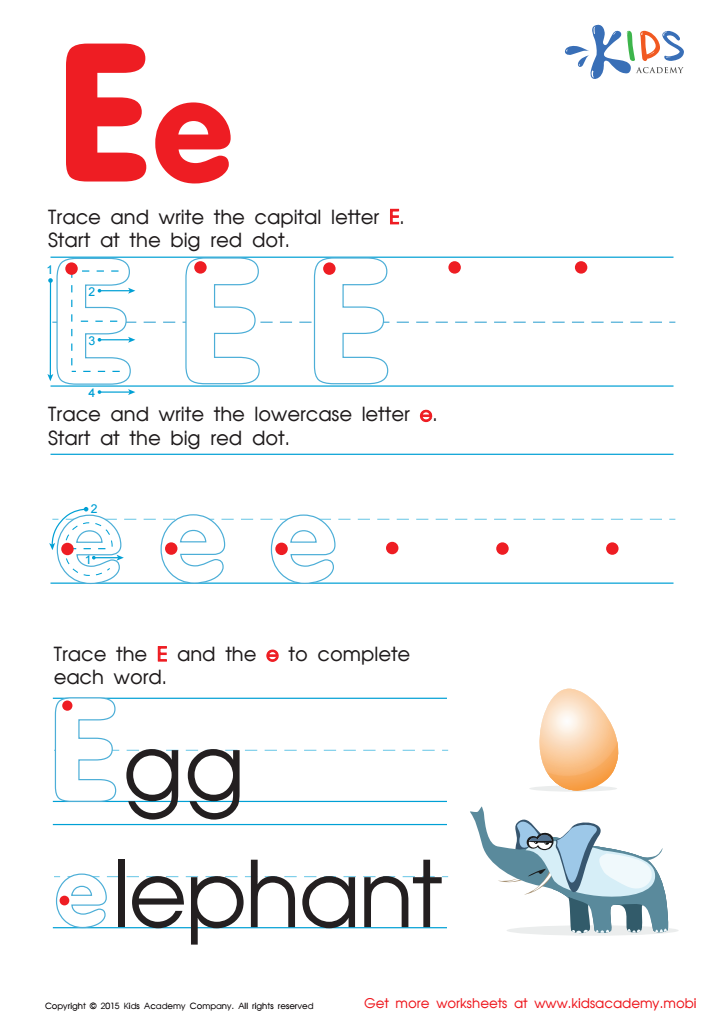

Letter E Tracing Page
Alphabet recognition in the normal ABC order is a foundational skill for children aged 4-6, setting the stage for their entire literacy development. This early skill enables children to understand that letters have specific shapes, names, and sequences, which is critical for reading and writing. Recognizing the alphabet in the correct order helps children grasp the concept of sequences, a key component in both literacy and broader cognitive development.
When children are familiar with the ABC order, it enhances their ability to navigate daily tasks, such as looking up words in a dictionary or finding books in an alphabetically arranged bookshelf. This sequential recognition also aids in developing memory skills and attention to detail.
Moreover, alphabet recognition supports phonemic awareness—the ability to hear, identify, and manipulate phonemes or sounds in words—an essential precursor to decoding and word recognition skills. By solidifying alphabet knowledge early on, children are better prepared to tackle reading challenges and are more likely to experience success and confidence in their academics.
Overall, parents and teachers should care about alphabet recognition to provide a strong literacy foundation, foster cognitive development, and support future academic achievements, creating well-prepared and confident young learners.
 Assign to My Students
Assign to My Students




